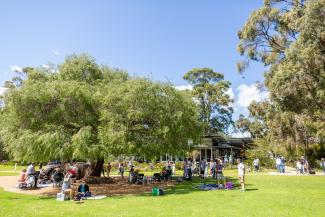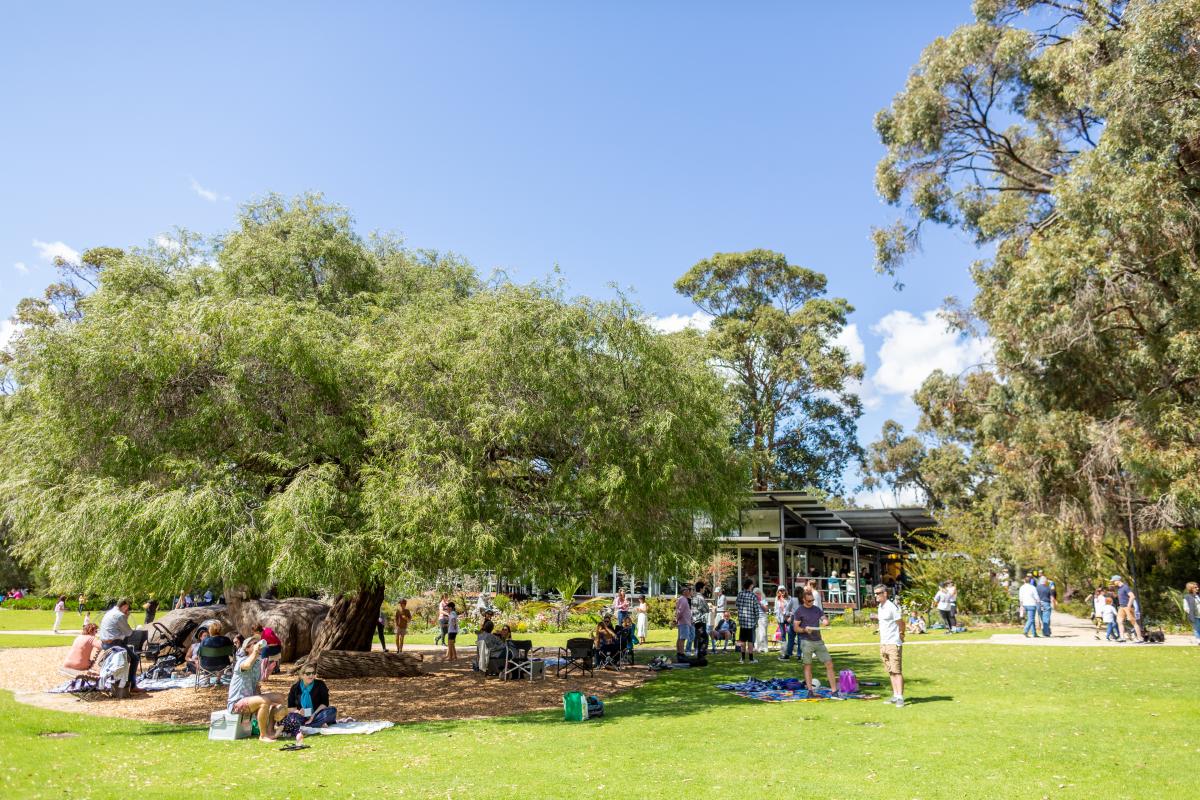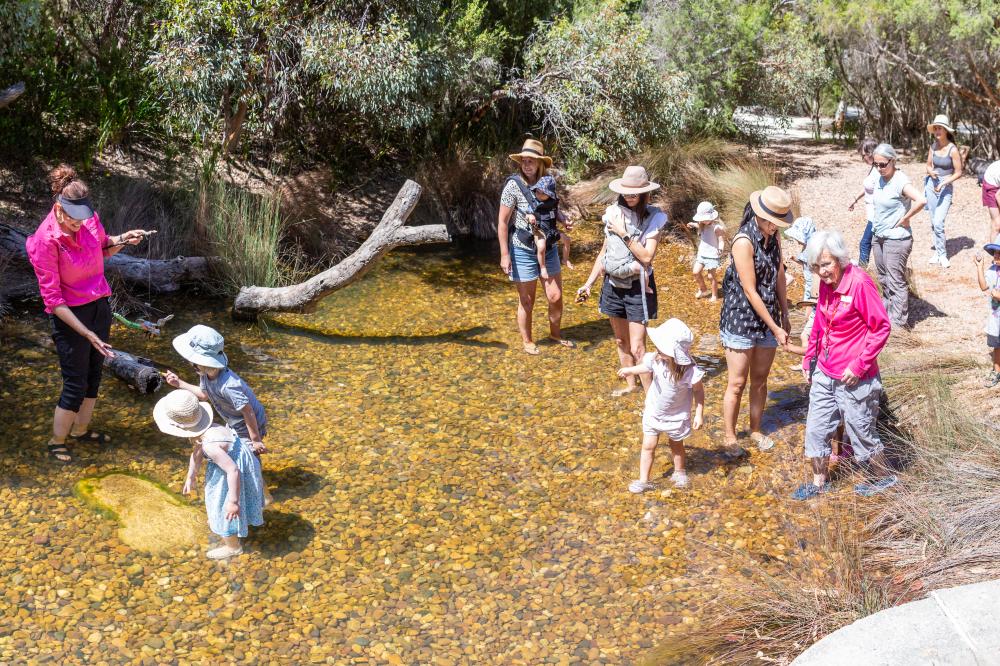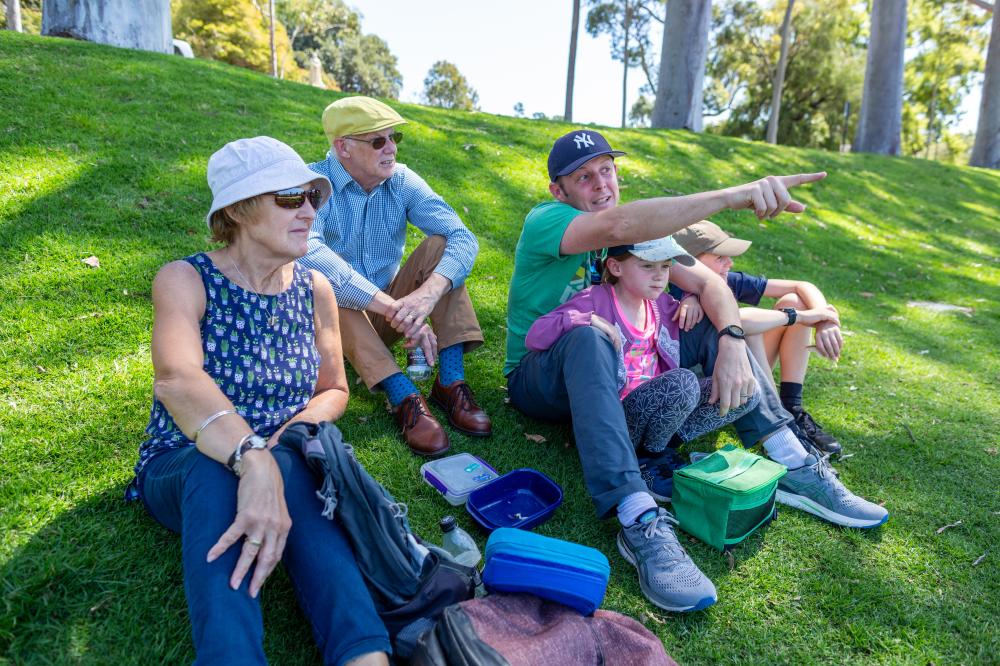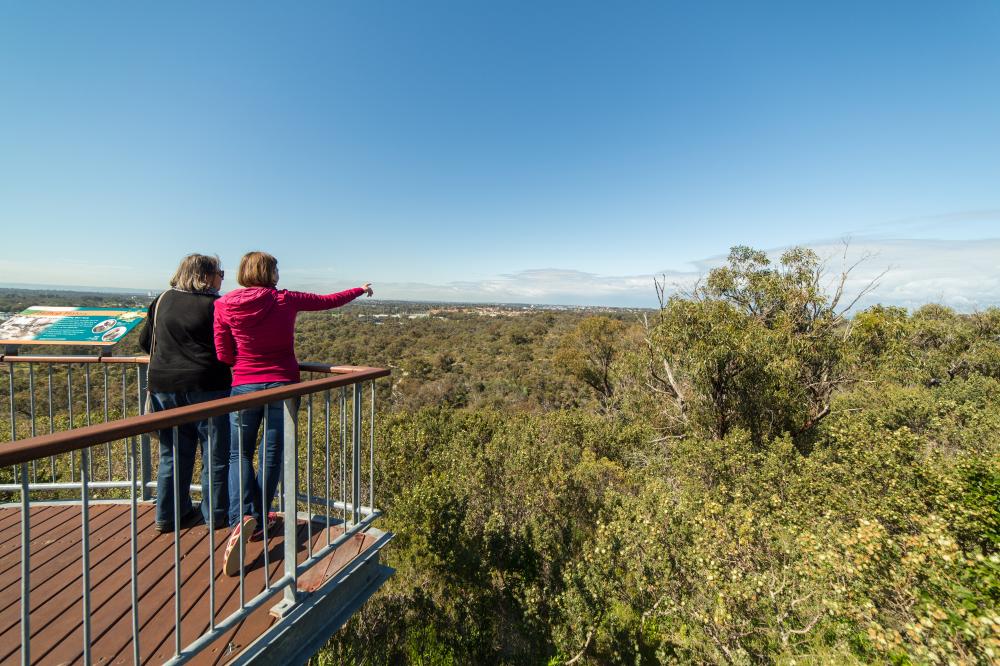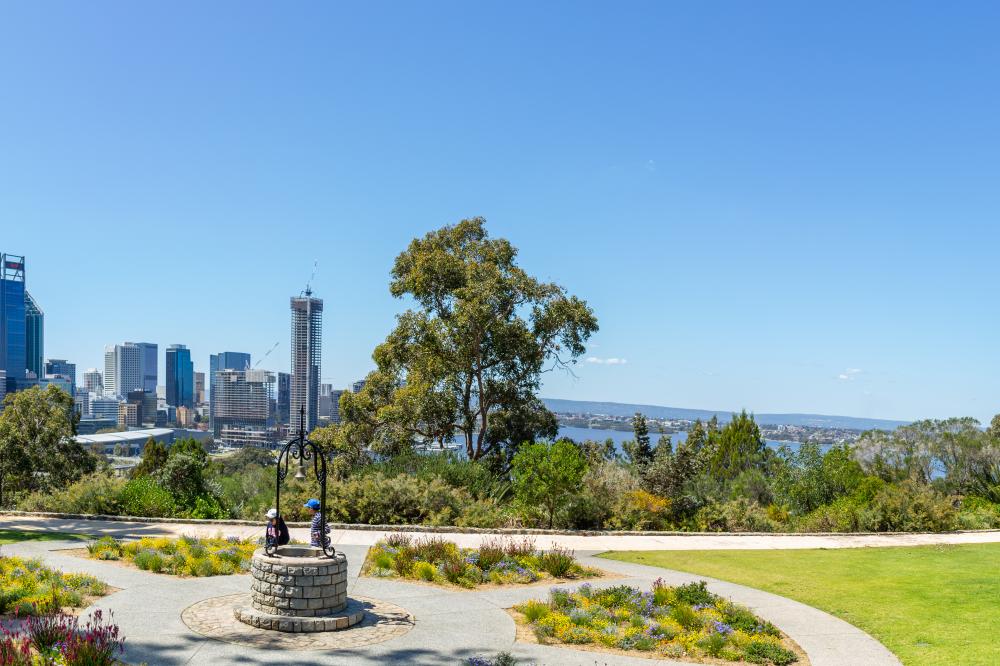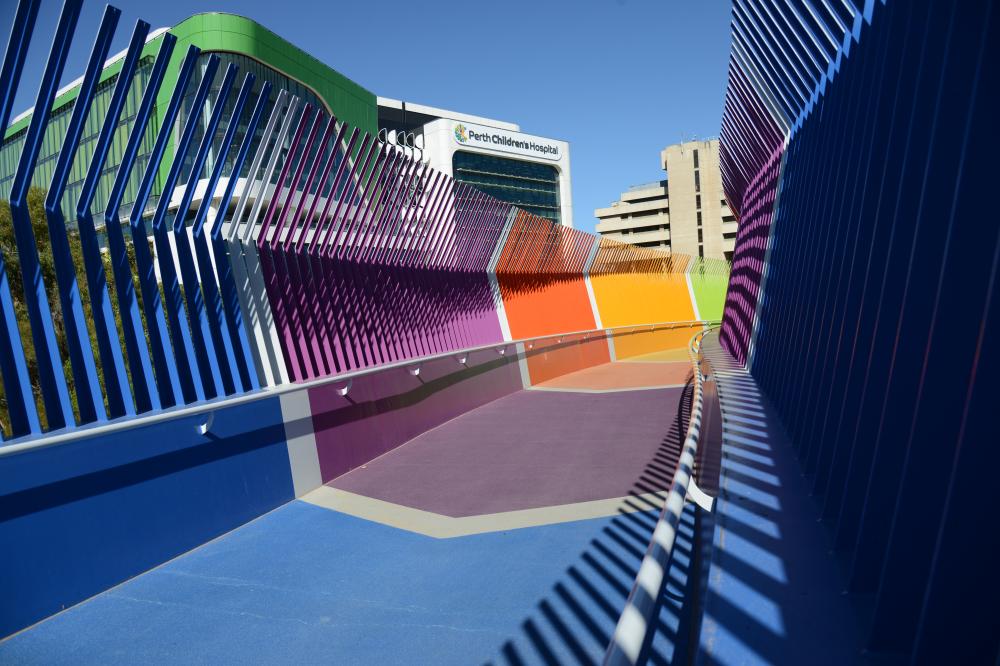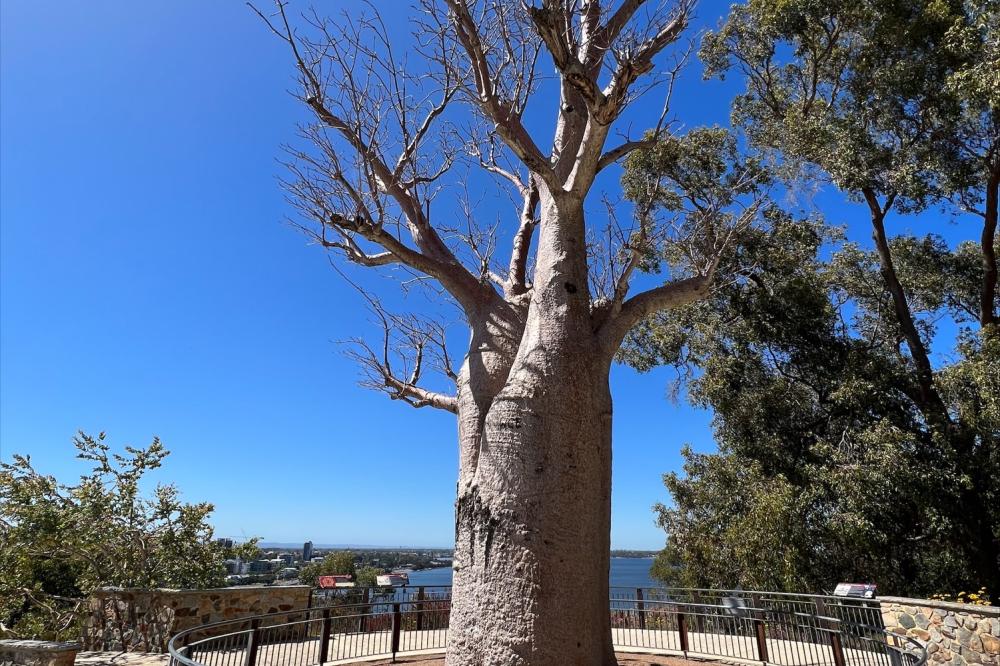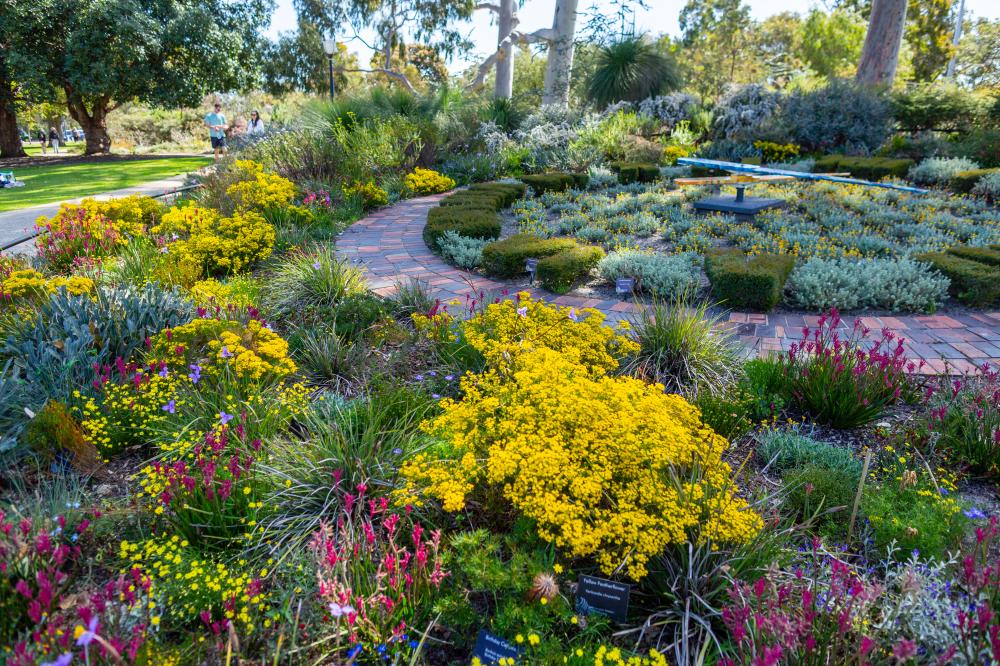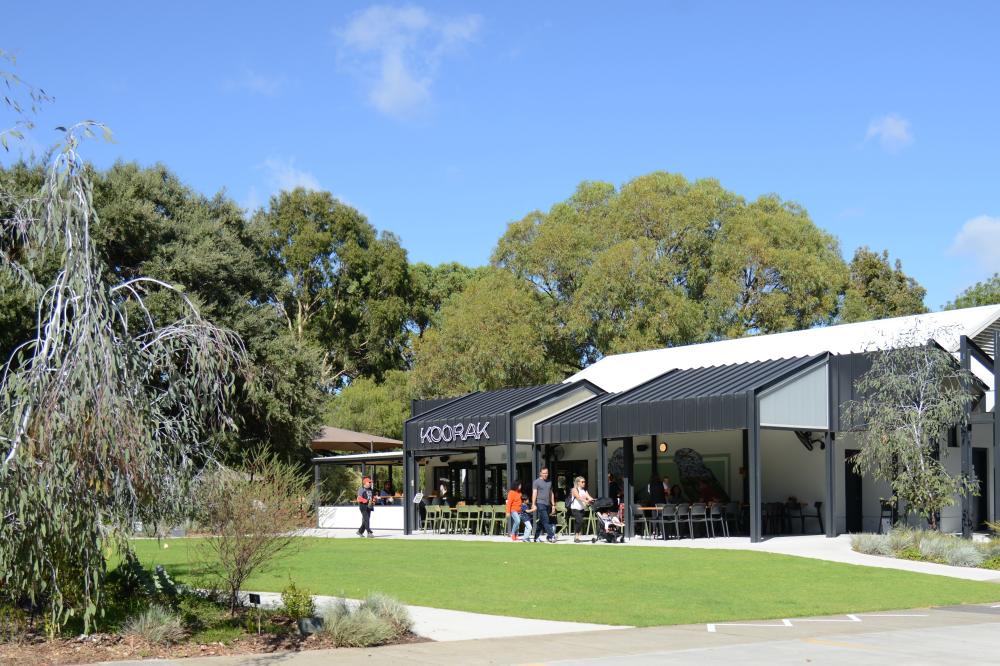May Drive Parkland
May Drive Parkland is an area the whole family will enjoy.
This western precinct is easily accessed via Saw Avenue or Poole Avenue.
With rolling lawns, great play areas, free barbecues, a café and beautiful gardens, it is perfect for gatherings of families and friends.
Play with the kids
Particularly suitable for children seven years and older, there's so much fun to be had at May Drive Parkland. With walkways to cross, an island fort to conquer and the mega fauna to admire, the facilities at May Drive Parkland play on an 'Evolution Through Time'. Featuring a 75 metre long elevated walkway, island fort, large-scale replicas of extinct Australian mega fauna and an interactive water misting forest, there won’t be a dull moment at your next family picnic.
Eat and drink
Open seven days a week, Zamia Cafe is the perfect spot to enjoy breakfast or lunch; or grab a takeaway coffee and enjoy a walk around. Make sure to check out the surrounding Backyard Botanicals Garden for home garden inspiration.
Events
May Drive Parkland is also home to Moonlight Cinema’s annual summer season. The parkland is a great place to plan a special event.
